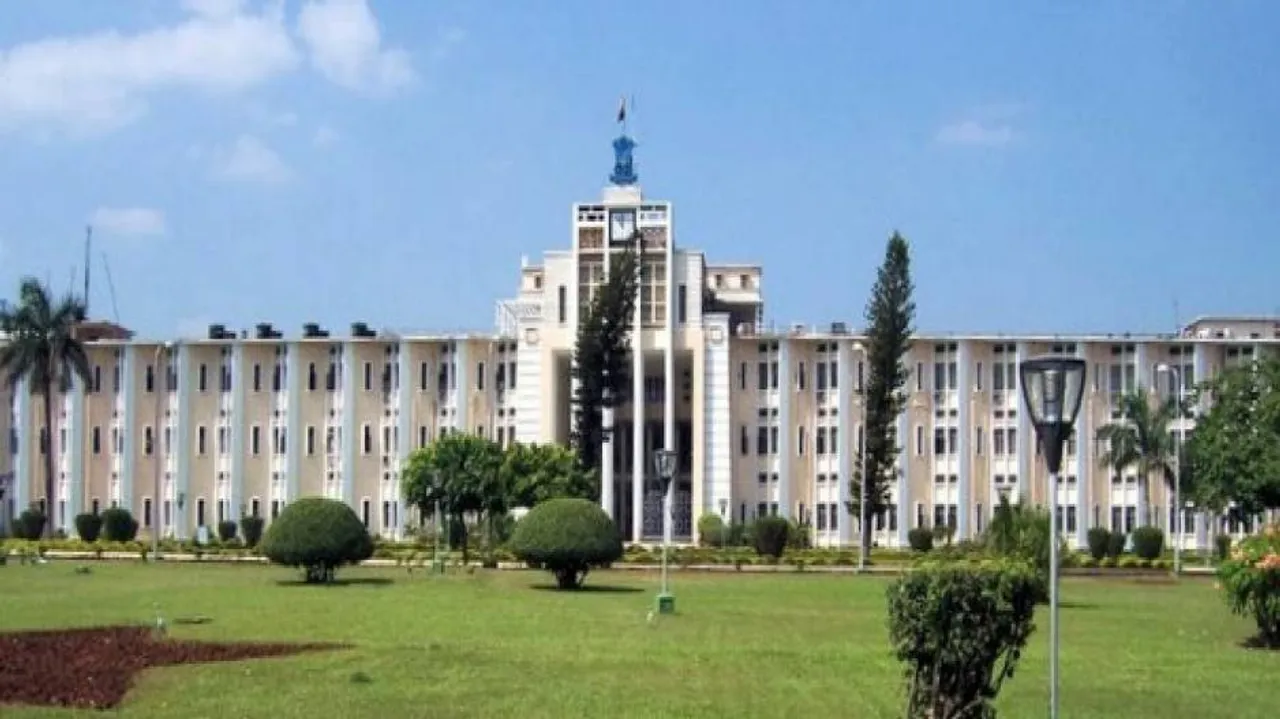The Union Finance Ministry has formally notified the revised Central GST (CGST) tax rates, which will come into effect from Monday, September 22, 2025, marking one of the most significant reforms in India’s indirect taxation system since the rollout of the Goods and Services Tax (GST) in 2017.
The changes, approved earlier this month by the GST Council, aim to simplify the rate structure and provide relief to consumers while ensuring transparency in pricing.
From Four Slabs to Two Tiers
At present, GST is levied under four slabs—5%, 12%, 18%, and 28%, along with an additional compensation cess on luxury and sin goods such as tobacco and aerated drinks.
From September 22, the structure will be reduced to just two primary slabs:
-
5% on essential and mass-consumption goods and services
-
18% on most other goods and services
In addition, ultra-luxury items will be taxed at 40%, while tobacco and related products will continue under the 28% plus cess category.
This overhaul represents a decisive move towards tax rationalisation, expected to simplify compliance for businesses and reduce consumer confusion.
Equal Revenue Sharing Between Centre and States
As with the existing GST framework, revenues from the new structure will be shared equally between the Centre and the States. States are now expected to issue notifications for their respective State GST (SGST) rates in line with the Centre’s announcement.
The simplification is also seen as a way to boost compliance by reducing classification disputes and making tax structures more predictable.
Industry Reactions
Experts and industry leaders have welcomed the government’s move but stressed the importance of swift and transparent implementation.
Rajat Mohan, Senior Partner at AMRG & Associates, said the notification brought much-needed clarity:
“By issuing clear schedules, the government has provided industries with the guidance they needed. Now, the onus is on businesses to update ERP systems, revise pricing, and pass on the benefit of reduced rates to consumers.”
He added that the success of the reform would depend on how efficiently industries implemented these changes across supply chains.
Saurabh Agarwal, Tax Partner at EY, echoed this sentiment, calling for strategic alignment within companies:
“Industries must align their ERP systems, pricing decisions, and supply chain models quickly. This alignment is critical to ensure a smooth transition and to guarantee that the benefits of rationalisation reach the end consumer.”
Key Implications for Businesses
The shift to a two-tier structure is expected to have multiple effects on trade and industry:
-
Simplified tax compliance: Fewer slabs will reduce disputes over classification of products.
-
Reduced tax burden on consumers: Many items that earlier attracted 12% or 28% tax will now fall under the 5% or 18% brackets.
-
ERP and pricing updates required: Companies will need to update billing, accounting, and invoicing systems before September 22.
-
Stronger anti-profiteering oversight: Authorities may monitor whether businesses are passing on the tax cut benefits to consumers.
Consumer Impact
For consumers, the biggest relief will come in the form of lower retail prices on many daily-use products. By collapsing the 12% and 28% slabs, the government has ensured that goods of mass consumption are taxed lower, thereby directly easing household budgets.
Meanwhile, the decision to keep ultra-luxury items at 40% and tobacco under the cess regime reflects the government’s intent to maintain progressivity in taxation—keeping luxury and harmful goods heavily taxed while reducing the burden on essentials.
A Reform Driven by the GST Council
The decision to restructure GST slabs was taken at the GST Council’s meeting on September 3, 2025, chaired by Union Finance Minister Nirmala Sitharaman and attended by State finance ministers.
The move was projected as a “pro-people reform”, aimed at enhancing consumption, easing compliance, and broadening the tax base.
Conclusion
The new GST rate structure effective September 22, 2025, represents a historic step in India’s indirect tax regime. By simplifying slabs and reducing rates on most goods, the government has sought to benefit the common man while making compliance easier for businesses.
As industries prepare for the transition, the real test of this reform will lie in its on-ground implementation—how quickly companies align their systems and how effectively the benefits are passed on to consumers.










